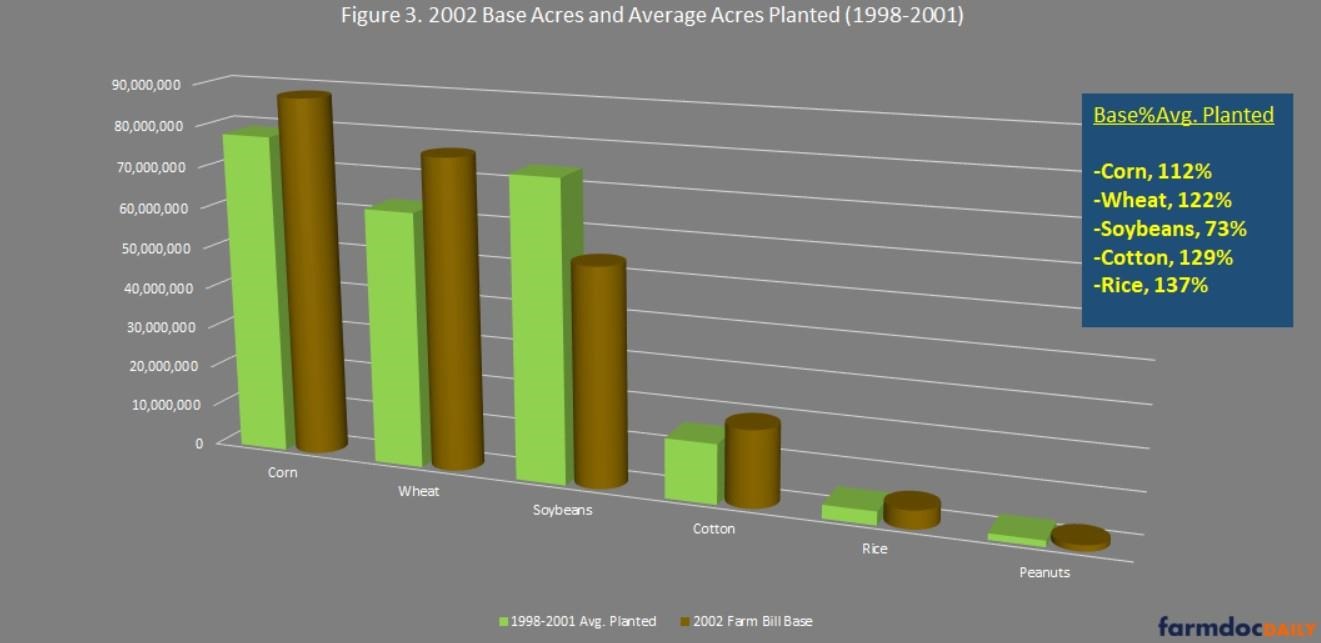By Jonathan Ahl
Clear-cutting trees to make it easier to raise cattle in the Midwest eliminated much of the landscape known as Midwest Savanna, but an experimental farm south of Rolla is trying to prove that grazing animals in forests is better for the environment, farmers, and the cows.
Midwest Savannas typically had many trees, but they were far apart, providing shade but also enough sunlight and space for native grasses to grow on the forest floor.
“That habitat was created intentionally by a lot of indigenous communities that lived here,” said Ashley Conway-Anderson, an agroforestry professor at the University of Missouri. “Intentionally managed with fire, and then once fire opened things up, what came next was grass and what came next was large grazing herbivores.”
Those herbivores were bison and elk 500 years ago, but Conway-Anderson said they could be cows today. She’s leading a multi-year study at the University of Missouri’s Wurdak Extension and Education Center, about 30 miles southeast of Rolla, to first thin out the forest areas, get native grasses growing and bring in cows to graze.
When Europeans came to the Americas, it started a pattern of forests either being overplanted, unmanaged, or clear-cut to make way for pastures or fields for crops.
The practice of returning to more natural efforts of grazing livestock in the forest is called silvopasture, and it's a very old way of raising animals.
While there isn’t anything new about the practice, Conway-Anderson’s research is getting more attention because healthy forests can be a critical part of combating climate change.
Trees are good at keeping carbon out of the atmosphere and are also resilient in the face of extreme weather caused by climate change.
“When we do have floods, when we do have droughts and fires, it won’t be wholesale destruction. It will be able to recover much more quickly and maintain functionality longer when it experiences those inevitable challenges,” Conway-Anderson said.
Her goal is to get the data and create an example to help farmers move their cattle from open fields into forests.

Ashley Conway-Anderson walks through a forest in process of being thinned out so native grasses can be planted, and eventually livestock can be brought in to graze.
It could be a short trip, she said, because so many want to, and some already are, like Iowa farmer Bruce Carney, who raises cattle on his family farm north of Des Moines.
More than 10 years ago he decided to convert 200 acres from corn and soybeans fields to land for cattle to graze.
“What I learned after seeding a crop farm down was that I needed trees. I needed windbreaks. I needed shade. I needed a living barn. To me, that’s what trees do for you,” Carney said.
Carney said trees make cows happier, healthier and bring in more money when they are sold. He is cited as a success story of silvopasture development, but Carney eschews the label.
“I’m not a silvopasture expert,” Carney said, “I’m just a guy who planted trees. And I’d like to do more.”
The kind of research going on at the University of Missouri could help him and other farmers do that by developing best practices and plans to make forest grazing work.
Click here to see more...